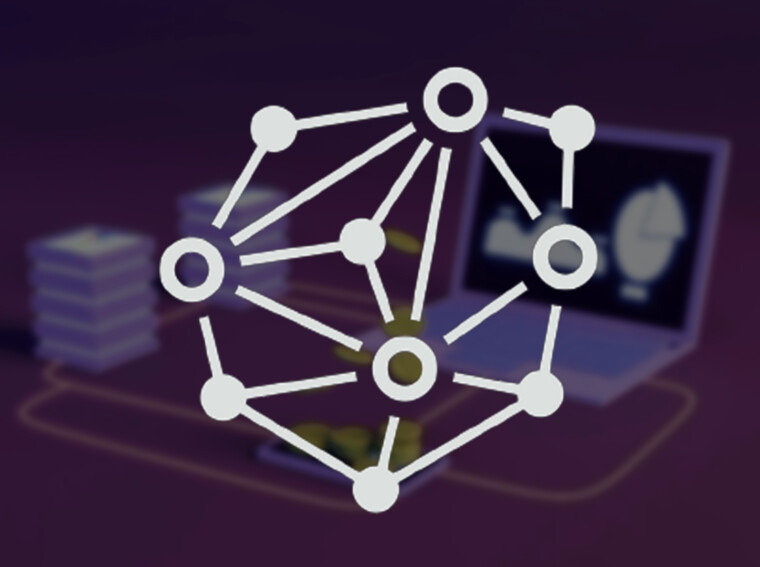- The technology received global interest with the advent of blockchain. It is a specialized DLT for recording and validating Bitcoin transactions.
- DLT goes beyond cryptocurrencies. It is with enormous promise in finance, supply chain management, healthcare, and other fields.
Recognizing the Foundations
It is an accounting document that keeps track of transactions and balances. It is known as a ledger. A ledger is a book that is used to record transactions and balances. This ledger is maintained by a single institution in typical centralized organizations. We can take banks or government entities as examples. DLT runs as a decentralized network of computers, or nodes, with a copy of the ledger for each member. This distributed structure ensures data is not centralized, boosting openness and security. Since no one entity has complete authority over the data. Thanks to its decentralized structure, transparency and security are enhanced.
Decentralization and Agreement
DLT is based on a network of computers known as nodes that collaborate to keep the ledger up to date. Through a process known as consensus, many nodes verify and record each transaction. Before a transaction is added to the ledger, consensus methods ensure that all parties agree on its validity. This consensus mechanism boosts confidence. It makes it difficult for hostile actors to change the data.
Different Types of Distributed Ledger Technology
While blockchain is the most well-known type of DLT, various variants fulfill distinct functions.
Blockchain
Data is saved in blocks on the blockchain, which are linked together via cryptographic processes. A blockchain organizes data into blocks that are connected using cryptographic procedures.
Directed Acyclic Graph (DAG)
DAG is an alternate method to DLT that employs a more complicated data structure than blockchain’s linear structure. Each transaction in a DAG produces its block and references earlier transactions. Because of its speed and scalability, this structure is ideal for Internet of Things (IoT) devices and micropayments.
Hashgraph
Hashgraph is a consensus technique developed to maximize DLT network scalability and efficiency. It disseminates information across the network via a gossip protocol. It achieves consensus through voting. Hashgraph enables quick transaction processing and can transform large-scale systems.
The Advantages of Distributed Ledger Technology:
DLT provides several benefits that can alter industries and streamline operations:
Decentralization and security
Because DLT is decentralized, data is not controlled by a single entity, lowering the risk of data breaches and unlawful access. The adoption of cryptographic algorithms improves transaction security and prevents tampering.
Transparency and accountability
All DLT network participants have access to the same set of data, which promotes transparency and accountability. This transparency builds trust among players and eliminates the need for intermediaries.
Challenges and Prospects
Continuous research and development are enhancing DLT solutions to solve these difficulties. DLT will likely play a more important role. It will play a role in different facets of our life as technology advances. It has the ability to transform data management, improve security, and simplify transactions. It makes it a viable instrument. This is for constructing a more transparent, efficient, and decentralized future. DLT’s impact on our daily lives is set to grow as sectors. And, governments embrace its possibilities, ushering in a new era of innovation and collaboration.

